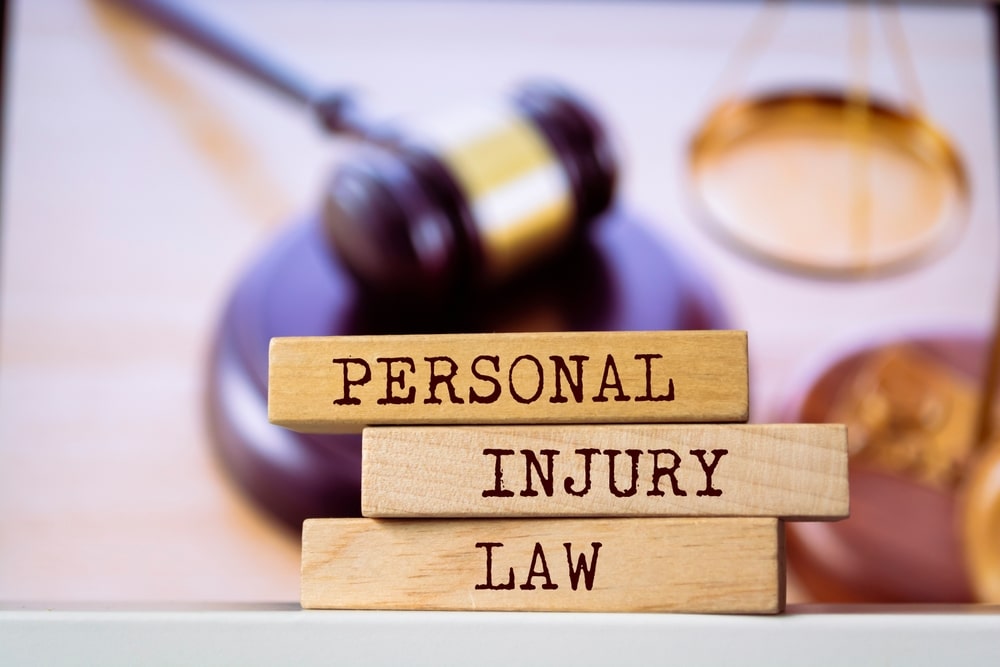January 16, 2024
How Much Compensation for Whiplash and Back Pain? Understanding Your Claim’s Value
When individuals suffer from whiplash as a result of a vehicle accident or another traumatic event, they often experience neck pain and sometimes back pain. These symptoms stem from the sudden jerking motion of the head, which can strain or sprain the neck’s muscles and ligaments. Whiplash injuries can vary significantly in their severity and the duration of their symptoms, with some victims recovering quickly while others face chronic pain and complications.
The compensation for whiplash and associated back pain depends on various factors, including the severity of the injury, the impact on the victim’s daily life, and the cost of medical treatment required. The process for calculating compensation involves evaluating medical expenses, lost wages due to the inability to work, as well as pain and suffering. Some settlements for whiplash injuries, for instance, take into account the long-term effects that may affect an individual’s quality of life and earning capacity.
Evaluating a fair compensation figure thus requires a thorough understanding of legal precedents and the nuances of personal injury law. Legal professionals often assist victims in this complex process to ensure a settlement that reflects the extent of their injuries. It is not uncommon for compensation to range from modest amounts for less severe cases to significantly higher sums for injuries resulting in lasting pain or disability.

Understanding Whiplash and Back Injuries
Whiplash and back injuries can be complex conditions with varying degrees of pain and discomfort that affect the soft tissues, ligaments, and muscles of the neck and back. Specifically, these injuries often involve trauma to the neck’s structures and can extend to affect the spinal discs, nerve roots, and cervical muscles.
Symptoms of Whiplash and Associated Conditions
Whiplash injuries typically manifest through a range of symptoms that may include:
- Neck pain and stiffness: These are the most immediate indicators of a whiplash injury.
- Headaches: Often starting at the base of the skull and moving forward.
- Dizziness: A common symptom associated with neck injuries.
- Blurred vision: Some individuals may experience visual disturbances.
In addition, people may report:
- Ringing in the ears (tinnitus)
- Sleep disturbances
- Irritability
- Difficulty concentrating
Whiplash affects soft tissues, such as ligaments and cervical muscles, potentially leading to long-term conditions if not properly addressed.
Common Causes of Neck and Back Pain
Neck and back pain, particularly related to whiplash, often stem from:
- Rear-end vehicle collisions: The sudden acceleration-deceleration force in a rear-end car accident in Nashville is a common cause of neck injury and whiplash.
- Physical abuse or sports injuries: Trauma such as a blow to the head can jerk the neck violently.
- Falls: Slipping and falling can also wrench the neck, damaging ligaments and muscles.
In these scenarios, the cervical muscles are strained, ligaments may be sprained, and the spinal discs can be subjected to immense pressure. Each of these factors contributes to the overall experience of neck and back pain following trauma.
The Legal Process for Injury Compensation
The pursuit of compensation for whiplash and back pain involves a structured legal process, encompassing the filing of a claim and calculating the settlement. The details of the case, including the involved entities and applicable laws, shape this multifaceted approach.
Essential Steps in Filing a Claim
An individual seeking compensation must first gather evidence that supports the claim of injury, such as medical reports, a police report, and witness statements. With this evidence, an attorney specializing in personal injury can help the injured party file an insurance claim or a personal injury lawsuit against the at-fault driver. A crucial step in this phase is the submission of a demand letter, which outlines the damages and compensation sought. It is often the first point of contact with the insurance company and sets the stage for potential negotiation.
During the claim process, interaction with an insurance adjuster is inevitable. Adjusters assess the claim and are generally focused on minimizing the payout for the insurance company. A Nashville personal injury lawyer can provide representation in these discussions to ensure their client’s interests are prioritized.
Calculating the Settlement for Whiplash Injury
Calculating a settlement involves accounting for both economic and non-economic damages the victim has suffered. Damages that can be quantified, such as medical expenses and lost wages, are combined with those that are more subjective, like pain and suffering.
- Economic Damages: Often documented through receipts and employment records. They can include:
- Medical Bills
- Lost Earnings
- Rehabilitation Costs
- Non-Economic Damages: These involve an assessment of the injury’s impact on the victim’s quality of life. Examples include:
- Pain and Suffering
- Emotional Distress
A case evaluation by a knowledgeable lawyer can include a review of similar cases to estimate a reasonable settlement, also considering the statute of limitations for filing a claim. Negotiation between the victim’s lawyer and the insurance company often follows, potentially leading to a settlement agreement without the need for a court trial. If a settlement cannot be reached, the case may proceed to a personal injury lawsuit, where compensation will be determined by a judge or jury.
Factors Affecting Whiplash Compensation
Compensation for whiplash and associated back pain varies considerably due to multiple influencing factors. Understanding these factors can provide insight into the potential value of a claim.
Determining Liability and Negligence
Determining who is at fault in a car accident is critical for whiplash compensation claims. Insurance companies will closely review all evidence to establish liability. The party at fault, or their insurer, is typically responsible for covering the medical expenses and other damages incurred by the injured party. If the other driver’s negligence is clearly established, the injured person’s chances of receiving a fair settlement may be increased.
Medical Evidence and Documenting Injuries
Medical evidence is paramount in substantiating the extent of whiplash and back pain injuries. Detailed medical records, such as those documenting the initial diagnosis, medical treatment received, and any ongoing medical care, help establish the medical expenses associated with the injury. To ensure all medical bills are accounted for in the claim, it’s crucial to maintain a thorough record of all medical professional visits, treatments, and recommendations. Moreover, documented proof of lost wages and detailed accounts of pain and suffering contribute to painting a complete picture of the injury’s impact, which in turn can influence the recovery of damages.

Aftermath and Recovery
Following a whiplash incident, individuals may endure a range of physical and emotional conditions that influence their path to recovery. Whiplash can result in both acute and chronic issues, making it imperative for sufferers to receive proper medical assessment and follow a personalized care plan to manage their recovery and mitigate long-term impact.
Physical and Emotional Impact of Whiplash
Whiplash typically presents itself with neck stiffness, headache, dizziness, and fatigue, which can significantly hinder daily activities. Prolonged suffering may lead to more serious symptoms such as tingling sensations, shoulder pain, and even memory loss. The emotional toll can manifest as irritability or depression, often exacerbated by the struggle with pain and decreased mobility. A detailed understanding of the tendons, muscles, and the cervical spine is crucial for effective treatment, which usually involves physical therapy to relieve stiffness and restore function.
Long-Term Prognosis and Ongoing Care
The prognosis for whiplash varies; many patients regain full mobility without lasting effects, but some may develop chronic pain. Ongoing care is vital for those with more severe injuries, like a spinal cord injury, which may result in disability and require an extended care strategy. Restorative exercises and therapies are geared towards reinforcing the affected muscles and tendons of the cervical spine. Sustained attention to recovery efforts is essential, especially for individuals experiencing symptoms that interfere with their daily life, enforcing the importance of close monitoring and long-term care plans to prevent the development of chronic conditions.




